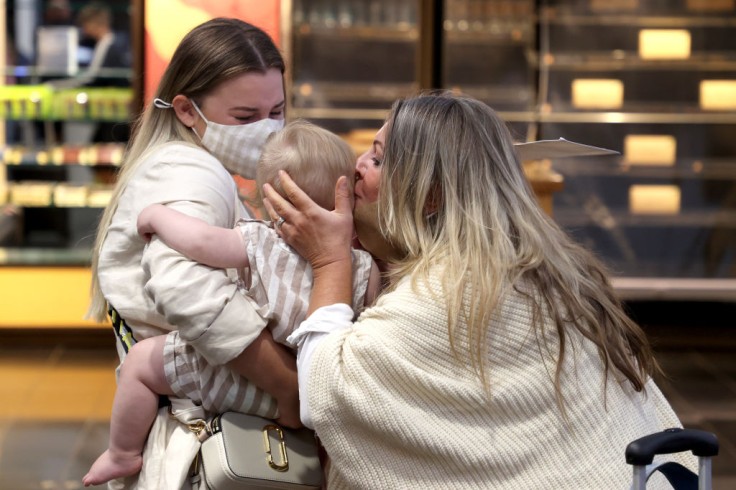
Separation anxiety is a common experience for children, especially during the early stages of development. This experience is normal and helps children develop trust in their caregivers. Some children may develop separation anxiety disorder (SAD), which can be very distressing for both the child and their parents.
According to U.S. News, it is common for babies aged 4 to 18 months to display anxiety or misbehave due to the fear of being separated from their parents, which typically diminishes by the age of 2 as children start to comprehend that their parents will come back after leaving.
However, around 3% of children may continue to experience these emotions even into elementary school.
What Is Separation Anxiety Disorder?
Separation anxiety disorder is a condition in which a child experiences excessive anxiety when separated from their caregiver or when anticipating separation. It is more than just normal separation anxiety and can cause significant distress for both the child and their parents.
Symptoms of SAD may include excessive crying, tantrums, clinginess, and physical complaints like headaches or stomach aches.
Additionally, children could also experience severe separation anxiety; like SAD, they might exhibit various physical symptoms like fatigue, quick breathing, vomiting and nausea, and even bedwetting.
Tips and Strategies for Managing Separation Anxiety in Children
- Practice short separations
According to UNICEF, gradually increasing the amount of time your child spends away from you can help them feel more comfortable with separation. Start with short separations, like leaving your child with a trusted caregiver for a few minutes while you run an errand. As your child becomes more comfortable, gradually increase the length of time you are apart.
- Develop a goodbye ritual
Developing a goodbye ritual can help your child feel more secure when you leave. This can include a special handshake, a hug, or a kiss. Let your child know that you will be back soon and reassure them that they are safe.
- Ease your child into a new caregiver
Gradually introduce any new caregiver to your child by arranging brief meetups with the three of you before leaving your child alone with them. This can help your child become more familiar with the caregiver, reducing their anxiety and discomfort when you eventually leave them alone together.
- Establish a predictable routine
As recommended by the Help Guide, establishing a predictable routine can help children feel more secure and reduce their anxiety. Create a consistent morning routine for your child that includes saying goodbye to you before they leave for school or daycare. Let your child know when you will be back to pick them up, and make sure to stick to your schedule.
- Use positive reinforcement
Praise your child when they are able to separate from you without becoming anxious. Reward them with small treats or privileges for their success. This will help build their confidence and reinforce positive behavior.
- Encourage independence
Encourage your child to become more independent by giving them age-appropriate tasks to complete on their own. This can help them build their confidence and reduce their anxiety when you are not around.
Separation anxiety in children is a normal part of development, but when it becomes excessive, it can cause significant distress for both the child and their parents.
However, if your child's separation anxiety is severe or interfering with their daily life, consider seeking professional help.
A mental health professional can work with you and your child to develop a treatment plan that addresses their anxiety.
Remember that every child is different, and what works for one child may not work for another. Be patient and consistent, and always remember to reassure your child that they are loved and safe.
Related Article: Best Superfoods for Babies and Toddlers From Avocados to Peas!